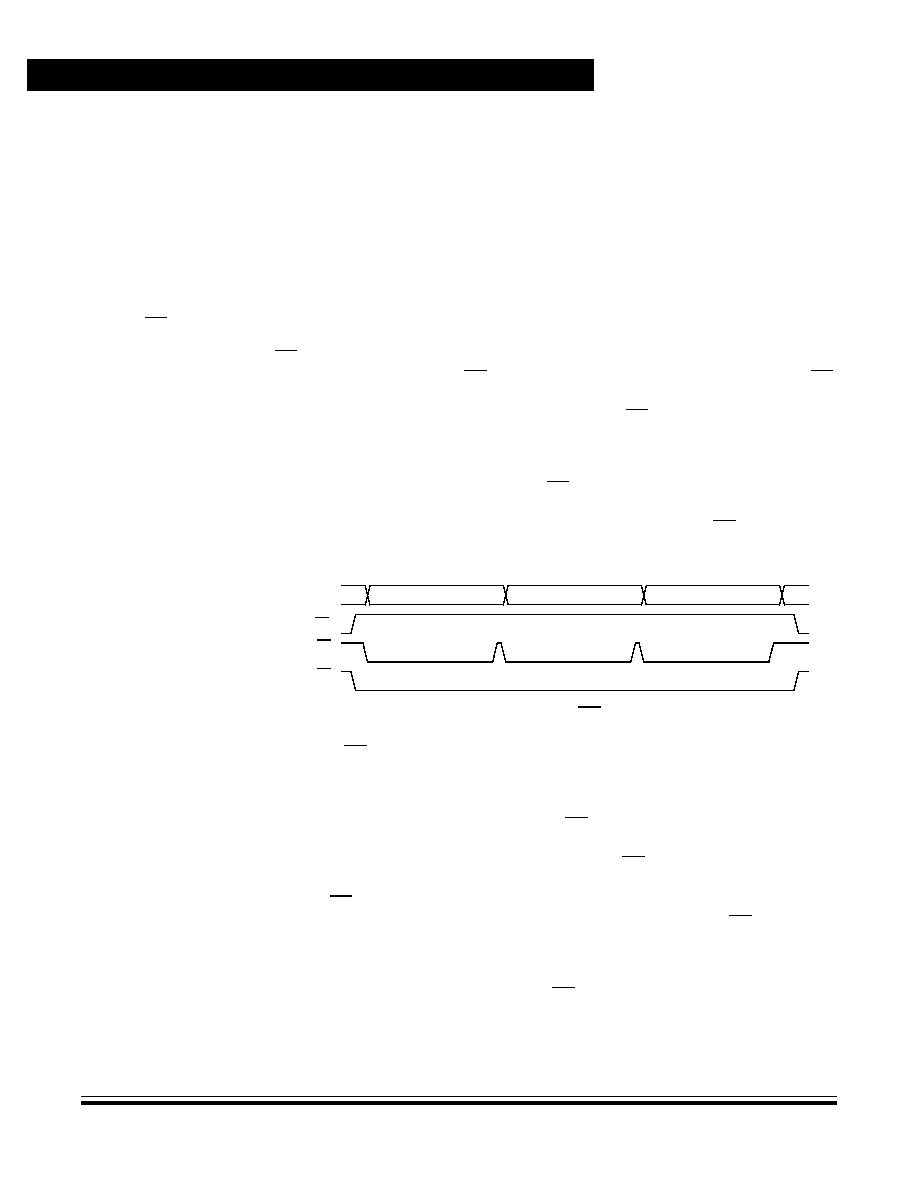- 您現(xiàn)在的位置:買賣IC網(wǎng) > PDF目錄45224 > MC68HC08GP16ACB (MOTOROLA INC) 8-BIT, MROM, 8.2 MHz, MICROCONTROLLER, PDIP42 PDF資料下載
參數(shù)資料
| 型號(hào): | MC68HC08GP16ACB |
| 廠商: | MOTOROLA INC |
| 元件分類: | 微控制器/微處理器 |
| 英文描述: | 8-BIT, MROM, 8.2 MHz, MICROCONTROLLER, PDIP42 |
| 封裝: | SDIP-42 |
| 文件頁數(shù): | 127/286頁 |
| 文件大小: | 3807K |
| 代理商: | MC68HC08GP16ACB |
第1頁第2頁第3頁第4頁第5頁第6頁第7頁第8頁第9頁第10頁第11頁第12頁第13頁第14頁第15頁第16頁第17頁第18頁第19頁第20頁第21頁第22頁第23頁第24頁第25頁第26頁第27頁第28頁第29頁第30頁第31頁第32頁第33頁第34頁第35頁第36頁第37頁第38頁第39頁第40頁第41頁第42頁第43頁第44頁第45頁第46頁第47頁第48頁第49頁第50頁第51頁第52頁第53頁第54頁第55頁第56頁第57頁第58頁第59頁第60頁第61頁第62頁第63頁第64頁第65頁第66頁第67頁第68頁第69頁第70頁第71頁第72頁第73頁第74頁第75頁第76頁第77頁第78頁第79頁第80頁第81頁第82頁第83頁第84頁第85頁第86頁第87頁第88頁第89頁第90頁第91頁第92頁第93頁第94頁第95頁第96頁第97頁第98頁第99頁第100頁第101頁第102頁第103頁第104頁第105頁第106頁第107頁第108頁第109頁第110頁第111頁第112頁第113頁第114頁第115頁第116頁第117頁第118頁第119頁第120頁第121頁第122頁第123頁第124頁第125頁第126頁當(dāng)前第127頁第128頁第129頁第130頁第131頁第132頁第133頁第134頁第135頁第136頁第137頁第138頁第139頁第140頁第141頁第142頁第143頁第144頁第145頁第146頁第147頁第148頁第149頁第150頁第151頁第152頁第153頁第154頁第155頁第156頁第157頁第158頁第159頁第160頁第161頁第162頁第163頁第164頁第165頁第166頁第167頁第168頁第169頁第170頁第171頁第172頁第173頁第174頁第175頁第176頁第177頁第178頁第179頁第180頁第181頁第182頁第183頁第184頁第185頁第186頁第187頁第188頁第189頁第190頁第191頁第192頁第193頁第194頁第195頁第196頁第197頁第198頁第199頁第200頁第201頁第202頁第203頁第204頁第205頁第206頁第207頁第208頁第209頁第210頁第211頁第212頁第213頁第214頁第215頁第216頁第217頁第218頁第219頁第220頁第221頁第222頁第223頁第224頁第225頁第226頁第227頁第228頁第229頁第230頁第231頁第232頁第233頁第234頁第235頁第236頁第237頁第238頁第239頁第240頁第241頁第242頁第243頁第244頁第245頁第246頁第247頁第248頁第249頁第250頁第251頁第252頁第253頁第254頁第255頁第256頁第257頁第258頁第259頁第260頁第261頁第262頁第263頁第264頁第265頁第266頁第267頁第268頁第269頁第270頁第271頁第272頁第273頁第274頁第275頁第276頁第277頁第278頁第279頁第280頁第281頁第282頁第283頁第284頁第285頁第286頁

Serial Peripheral Interface (SPI) Module
Data Sheet
MC68HC08GP32A MC68HC08GP16A
212
Serial Peripheral Interface (SPI) Module
MOTOROLA
16.11.3 SPSCK (Serial Clock)
The serial clock synchronizes data transmission between master and slave
devices. In a master MCU, the SPSCK pin is the clock output. In a slave MCU, the
SPSCK pin is the clock input. In full-duplex operation, the master and slave MCUs
exchange a byte of data in eight serial clock cycles.
When enabled, the SPI controls data direction of the SPSCK pin regardless of the
state of the data direction register of the shared I/O port.
16.11.4 SS (Slave Select)
The SS pin has various functions depending on the current state of the SPI. For an
SPI configured as a slave, the SS is used to select a slave. For CPHA = 0, the SS
is used to define the start of a transmission. (See 16.4 Transmission Formats.)
Since it is used to indicate the start of a transmission, SS must be toggled high and
low between each byte transmitted for the CPHA = 0 format. However, it can
remain low between transmissions for the CPHA = 1 format. See Figure 16-13.
When an SPI is configured as a slave, the SS pin is always configured as an input.
It cannot be used as a general-purpose I/O regardless of the state of the MODFEN
control bit. However, the MODFEN bit can still prevent the state of SS from creating
a MODF error. See 16.12.2 SPI Status and Control Register.
Figure 16-13. CPHA/SS Timing
NOTE:
A high on the SS pin of a slave SPI puts the MISO pin in a high-impedance state.
The slave SPI ignores all incoming SPSCK clocks, even if it was already in the
middle of a transmission.
When an SPI is configured as a master, the SS input can be used in conjunction
with the MODF flag to prevent multiple masters from driving MOSI and SPSCK.
(See 16.6.2 Mode Fault Error.) For the state of the SS pin to set the MODF flag,
the MODFEN bit in the SPSCK register must be set. If MODFEN is 0 for an SPI
master, the SS pin can be used as a general-purpose I/O under the control of the
data direction register of the shared I/O port. When MODFEN is 1, SS is an
input-only pin to the SPI regardless of the state of the data direction register of the
shared I/O port.
The CPU can always read the state of the SS pin by configuring the appropriate
pin as an input and reading the port data register. See Table 16-2.
BYTE 1
BYTE 3
MISO/MOSI
BYTE 2
MASTER SS
SLAVE SS
CPHA = 0
SLAVE SS
CPHA = 1
相關(guān)PDF資料 |
PDF描述 |
|---|---|
| MC68HC08GP16AMFB | 8-BIT, MROM, 8.2 MHz, MICROCONTROLLER, PQFP44 |
| MC68HC08GP16AVFB | 8-BIT, MROM, 8.2 MHz, MICROCONTROLLER, PQFP44 |
| MC68HC08GP32VB | 8-BIT, MROM, 8.2 MHz, MICROCONTROLLER, PDIP42 |
| MC68HC908GP32CB | 8-BIT, FLASH, 8.2 MHz, MICROCONTROLLER, PDIP42 |
| MC68HC08GR32AMFAE | 8-BIT, MROM, 8 MHz, MICROCONTROLLER, PQFP48 |
相關(guān)代理商/技術(shù)參數(shù) |
參數(shù)描述 |
|---|---|
| MC68HC08GP16ACFB | 制造商:FREESCALE 制造商全稱:Freescale Semiconductor, Inc 功能描述:Microcontrollers |
| MC68HC08GP16AMB | 制造商:FREESCALE 制造商全稱:Freescale Semiconductor, Inc 功能描述:Microcontrollers |
| MC68HC08GP16AMFB | 制造商:FREESCALE 制造商全稱:Freescale Semiconductor, Inc 功能描述:Microcontrollers |
| MC68HC08GP16AVB | 制造商:FREESCALE 制造商全稱:Freescale Semiconductor, Inc 功能描述:Microcontrollers |
| MC68HC08GP16AVFB | 制造商:FREESCALE 制造商全稱:Freescale Semiconductor, Inc 功能描述:Microcontrollers |
發(fā)布緊急采購,3分鐘左右您將得到回復(fù)。